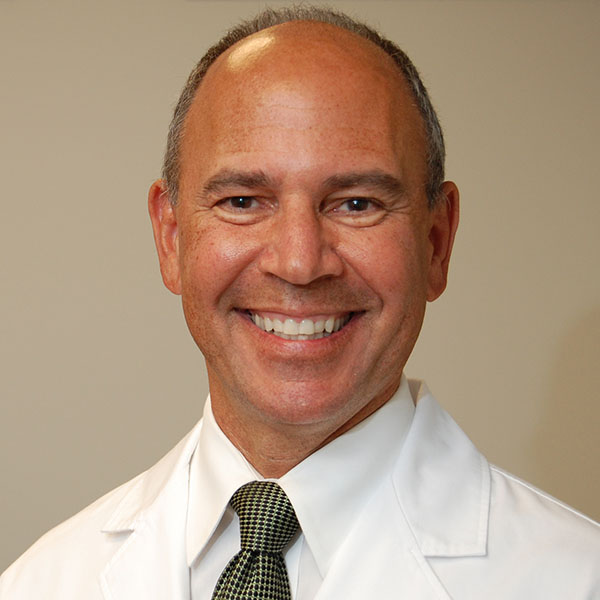Dyslexia
- Reviewed by Howard E. LeWine, MD, Chief Medical Editor, Harvard Health Publishing; Editorial Advisory Board Member, Harvard Health Publishing
What is dyslexia?
Dyslexia is the most common learning disability. It is characterized by difficulties with accurate and/or fluent word recognition, and by poor spelling and decoding abilities.
These difficulties typically result from a deficit in the phonologic component of language that is often unexpected in relation to other cognitive abilities and the provision of effective classroom instruction. Secondary consequences may include problems in reading comprehension, and reduced reading experience that can impede the growth of vocabulary and background knowledge.
Someone with dyslexia has trouble reading and writing, even though he or she has the intelligence and motivation needed to learn to read. Although people with dyslexia have trouble understanding words they read, they usually can understand the same words when they are read aloud by another person.
Researchers don't know exactly what causes dyslexia, but they think a problem during development may affect the way the brain processes information. They also believe that genetics (inheritance) plays a part. Although a gene for dyslexia has not been found, dyslexia does tend to run in families. Dyslexia is not caused by a physical disability, such as vision or hearing problems. Many people with dyslexia have average or above average intelligence. Basically, the brains of people with dyslexia have a hard time receiving, organizing, remembering, or using information.
In the United States, approximately 5% to 10% of the population probably has some sort of dyslexia.
Symptoms of dyslexia
A person with dyslexia may have a hard time with:
- identifying words
- recognizing the sounds that make up words
- understanding and remembering what is read
- translating printed words into spoken words
- spelling
- organizing or sequencing thoughts
- rhyming words
- learning the alphabet and numbers during preschool and kindergarten.
For example, a person with dyslexia tends to reverse or misread letters or words, such as confusing the letter "b" for "d" or reading the number "6" as "9." He or she may read the word "was" as "saw," or may switch the order of words in a sentence, such as "are there" instead of "there are."
Because of these difficulties, a person with dyslexia usually reads slowly, and tends to hesitate more often than expected.
Dyslexia is not a vision problem. The eyes do not see words incorrectly, but the brain apparently has difficulty processing the visual information.
It is important to note that many young children reverse letters and numbers, misread words, or misunderstand words as a normal part of learning to read. Children with dyslexia, however, continue to do so after their peers have stopped, usually by first or second grade. Dyslexia may not be recognized until a child starts school, when a student of normal intelligence begins to fall behind his or her classmates in academic performance.
Diagnosing dyslexia
Your doctor will ask about medical, developmental, and family histories, and will consider possible physical causes that could make reading difficult, such as hearing or vision problems. The doctor will look for signs of other problems that could be causing reading difficulties. These could include motor coordination disorders, attention deficit hyperactivity disorder, depression, anxiety, and thyroid disorders. If no physical causes are found, the doctor may refer you or your child to a learning specialist for evaluation.
There is no single test to diagnose dyslexia. A number of standardized tests are used to evaluate intelligence, language, behavior, and academic skills. Psychologists or education specialists at schools or hospitals can do the tests. There is no single test to diagnose dyslexia.
Expected duration of dyslexia
Dyslexia cannot be cured, but people with this disorder can learn ways to be successful in schoolwork and life. With early diagnosis and appropriate treatment, many people with dyslexia go on to succeed both academically and professionally. However, dyslexia is a lifelong condition, not a temporary developmental delay.
Preventing dyslexia
There is no known way to prevent dyslexia. However, because the neurologic problems that cause dyslexia may be related to prenatal factors, and children who are born prematurely or at a low birthweight may be at higher risk for dyslexia, it is wise to follow the usual recommendations for a healthy pregnancy.
Treating dyslexia
Several techniques and strategies are used to help people with dyslexia. These include taping lectures rather than writing notes, listening to books on tape rather than reading them, using flash cards, and using computer software to check spelling and grammar.
Treatment may involve time spent with speech and language therapists, tutors, and special education teachers. With support, most children with dyslexia adjust to their learning disability and remain in a regular classroom. Some may require special education.
When to call a professional
Call your doctor if your child seems to be far behind his or her friends and classmates in reading or writing, particularly if there is a family history of dyslexia or another learning disorder. If your child is having trouble in school and you think there are signs of a learning disability, talk with your child's teacher and doctor. That way you can catch any problems early, and give your child the best chance for success.
Prognosis
Most children with dyslexia can do well academically and professionally, despite the fact that dyslexia is a lifelong disability. The outlook for each child with dyslexia depends on how severe the disability is, how early it is diagnosed, and the quality of the treatment.
Additional info
International Dyslexia Association
https://www.interdys.org/
National Center for Learning Disabilities
https://www.ncld.org/
About the Reviewer

Howard E. LeWine, MD, Chief Medical Editor, Harvard Health Publishing; Editorial Advisory Board Member, Harvard Health Publishing
Disclaimer:
As a service to our readers, Harvard Health Publishing provides access to our library of archived content. Please note the date of last review or update on all articles.
No content on this site, regardless of date, should ever be used as a substitute for direct medical advice from your doctor or other qualified clinician.















